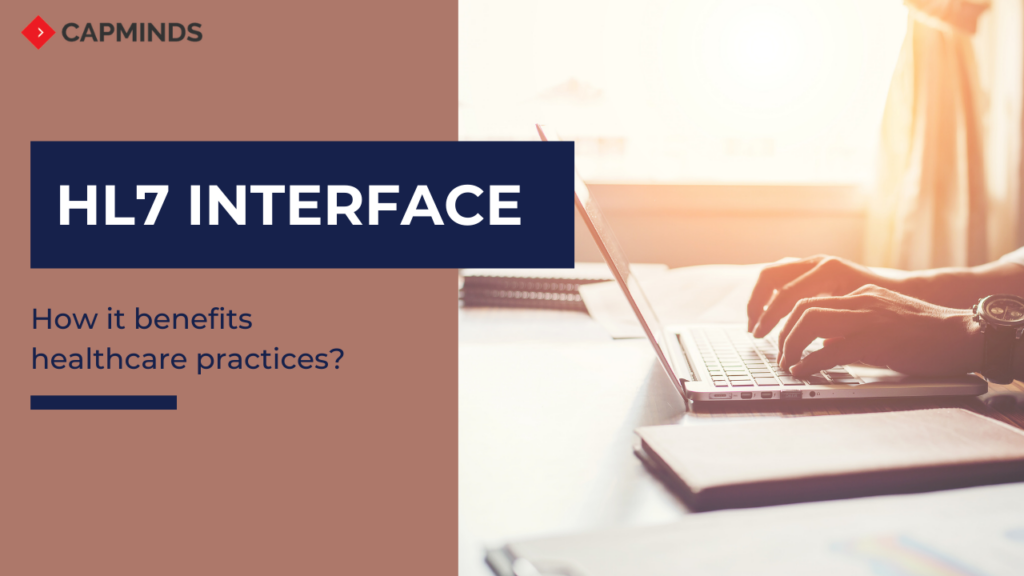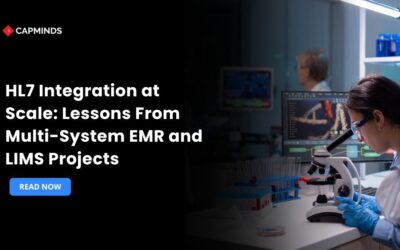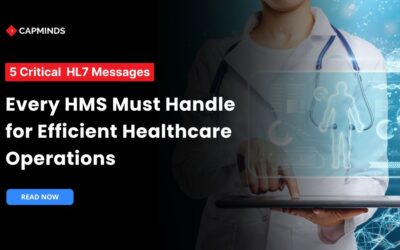HL7 Interface: How It Benefits Healthcare Practices?
When we thing about the manual data exchange between multiple systems, it is still a harsh reality to work on it. The era of sharing health data via paper notes is over and now HL7 interface is trending today. This article describes you about the benefits of using HL7 interface in today’s healthcare industry.
HL7 Interface: An Overview
Health Level 7 (HL7) refers to a set of international standards for exchange, integration, sharing, and retrieval of electronic health information for effective delivery of healthcare services. It also refers to the exchange of administrative data between software applications using a standard messaging protocol.
There are several different health information systems, such as labs, pharmacies, clinics, hospitals, and many others which share interrelated patient information between two or more clinical applications. HL7 provides a common framework for implementing interfaces that meet the needs of the customer and their systems. HL7 interface is widely used for the transfer of health data quickly, reliably, and securely.
Benefits of HL7 Interface
Healthcare information and management systems are getting more complex in the area of data sharing. The advancement of technology in the healthcare industry helps to make it easy to exchange health information between patient and healthcare providers.
Here are various benefits of HL7:
- HL7 helps to simplify the healthcare process by providing a standardized and cost-effective data exchange system.
- HL7 helps in creating a electronic health record which facilitates easy communication between systems and healthcare providers.
- Enables the exchange of information securely, using a standardized format.
- Allows easy communication between two or more systems.
- HL7 provides standardized healthcare information, with a clear understanding of data standards.
HL7 Interface: Maximise value from EHRs
The two most prominent topics in healthcare IT are EHRs and interoperability. Most healthcare providers use a range of applications (e.g. radiology, laboratory or patient administration systems) for their daily requirements.
To maximise value from EHRs, data sharing and, therefore, interoperability is crucial. The problem arises when communication between the various applications and software is hard to achieve. Additional complexities arise when two different healthcare providers need to share information.
To maximise value from EHRs, interoperability is crucial. Having visibility over data that has been generated elsewhere, can be hard to achieve, sometimes impossible if systems expose information in a proprietary way that makes sense only to them.
HL7 interface provides the necessary guidelines to help software vendors and healthcare providers to store and share data. This ensures that data can be integrated easily across systems, exposed in a cohesive manner and appreciated in its entirety by healthcare providers and staff, reducing in turn administrative burden, while improving care delivery.
RELATED: A SECRET GUIDE TO HL7 INTERFACE: WHAT IS IT?
HL7 integration: How it helps the large healthcare providers?
The US healthcare industry is incredibly complex and is sitting on an ever-increasing mountain of information. Studies suggest that each patient contributes about 80 megabytes of EMR and imaging data annually. Most of this data is stored and processed in isolated pools that belong to different medical institutions. What’s even more disturbing is that data can be dissociated and poorly structured even within the IT systems of a single institution.
Large healthcare providers usually rely on a variety of IT systems to keep their administrative, diagnostic, and treatment services running. A typical hospital, for instance, may use an HIS (Hospital Information System), an EMR (Electronic Medical Record), an LIS (Laboratory Information System), an RIS (Radiology Information System), and a PACS (Picture Archiving and Communication System). These systems all gather and generate information, but the different data formats they use prevent effective communication between them.
HL7 data integration can solve this problem in a number of ways. Below, we outline the main benefits you can achieve by implementing HL7 standards.
Custom HL7 Interface Solutions:
We CapMinds have years of experience in developing custom HL7 interface solutions for healthcare providers. Our expert team simplifies the process of healthcare integration through the development of custom HL7 interface solutions that helps to increase the quality of patient care.




